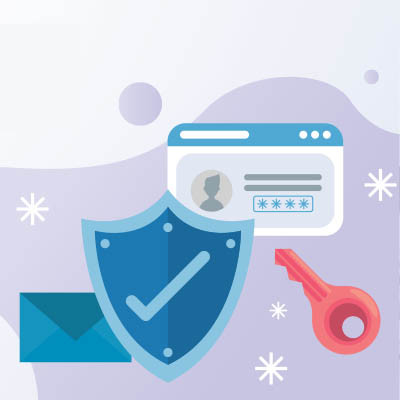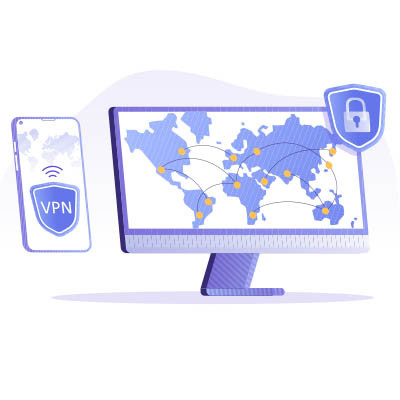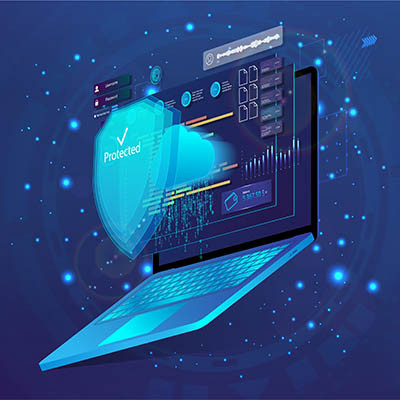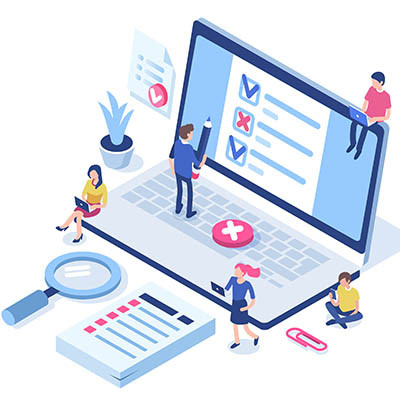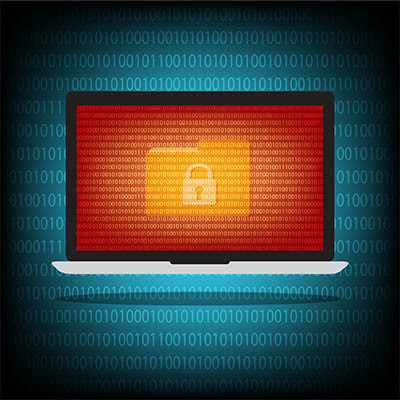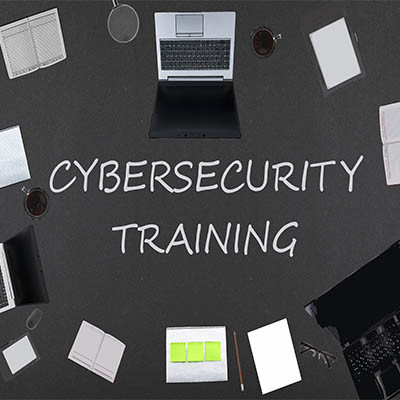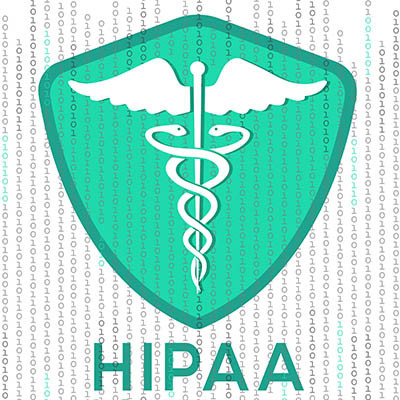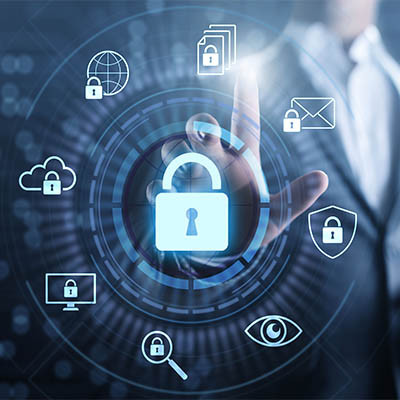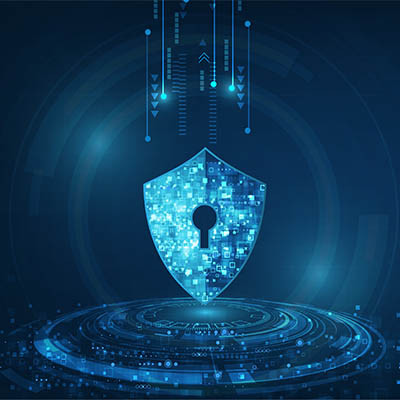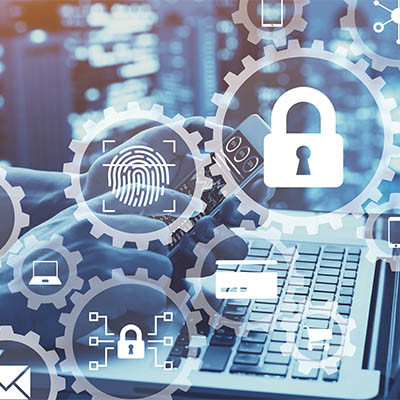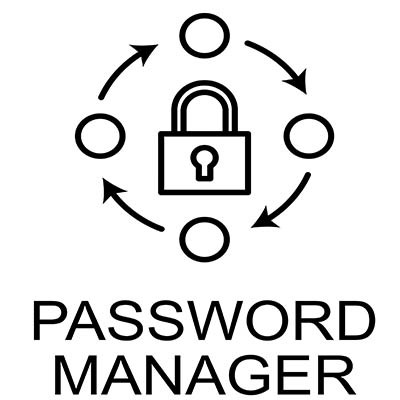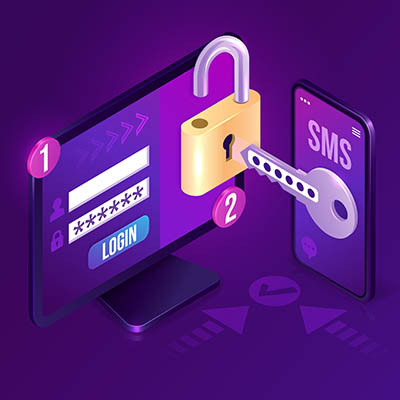Ferrum Technology Services Blog
With so many accounts required on an everyday basis, it’s no surprise that people often struggle with passwords and password security. One way that individuals try to manage the countless passwords used on a daily basis while keeping them secure is through the use of password managers. What does a password manager do, and why should you consider implementing one for your business?
The COVID-19 pandemic forced many organizations to transition to online work, a notion that many businesses felt was previously out of the question. This transition came with its fair share of frustrations, but eventually businesses figured out that remote work offered various benefits. That said, one of the biggest issues also manifested, and was in the form of security.
In today’s business environment, where ransomware strikes just as often as just about any other threat out there, you need to take as many precautions as possible so that your organization does not become another victim or statistic. All it takes is looking at reports from various security firms to understand just how important even the most basic of security measures—the password—is toward keeping businesses safe.
It should come as no surprise that cybersecurity is an important consideration for a business, which means it is important that you are aware of how effective your security practices are. Evaluating this is best accomplished by testing your team and their preparedness… but how often should you do so?
A survey from Splunk and Enterprise Strategy Group indicates that organizations tend to invest a significant amount of their capital into cybersecurity. Even more interesting is that 88 percent of respondents in this survey reported that they would increase these investments, with 35 percent reporting that they will be substantial. What other insights can we glean from this survey?
As is often the case with ransomware attacks, the situation with the Colonial Pipeline hack has grown more complex as more information regarding the attack has been discovered. Here are some of the major developments that you should keep top of mind in the wake of this devastating ransomware attack.
Your organization’s network security is dictated in part by your security solutions, but your employees also play a large role in maintaining it. If you want to make sure that your employees are not inadvertently putting your organization at risk, you need to ensure they are getting the proper security training. Here are a couple of ways you can make security training less like pulling teeth and more engaging for your employees.
Some industries have specific standards that must be met regarding data security and privacy. For healthcare and its related industries, you have HIPAA, the Health Insurance Portability and Accountability Act, which protects the privacy of patient records and requires that organizations maintain them in a specific fashion. To make this a bit easier is HITRUST, the Health Information Trust Alliance. How are these two intertwined and how do they make the privacy regulations in the United States easier to understand?
Unfortunate as it might be, one single solution is not going to eliminate any and all of your cybersecurity woes. That said, there are plenty of ways that you can mitigate the majority of threats and minimize their chances of success. One of the best ways is to construct a culture of cybersecurity awareness within your organization that encompasses all employees, including upper-level management and the C-suite. Here are 11 ways that you can build up an enduring culture of cybersecurity awareness for your business.
The past year has been tough on businesses, if only because of how unpredictable everything has been. As far as network security goes, however, most of the threats that were plaguing companies before the pandemic are the same ones that IT administrators are dealing with today. Curiously, it seems that a week can’t go by without a major data breach. Why is this happening? Simply put, the fundamentals of security management are being neglected. Let’s take a look at three practices that need to be followed in order to keep your organization from being a victim of a scam or cyberattack.
There are a lot of threats out on the Internet, and the good news is that many of them have absolutely no chance to threaten your business. The problem is that it only takes one to really put your business at a major disadvantage. One threat is all it takes to lock down your files and hold them for ransom. One threat is all it takes to corrupt your databases. One threat, if it got bad enough, could conceivably end your business.
Do you use different passwords on every account you’ve created? Are these passwords sufficiently complex? Chances are at some point you have repeated at least one password. Remembering 35 different logins for 35 different applications is hard enough, so it’s not surprising that the majority of people will use the same password for many applications. Bad password practices are all too common. So, how can you fix this?
Regardless of how airtight your organization’s password policies are, relying on passwords as your exclusive security measure just isn’t enough to resist some of today’s threats. This is why we—along with most other industry and security experts—recommend that two-factor authentication (2FA) be put into place. Let’s review some of the options available for your 2FA, and the added security it can introduce, for this week’s tip.
In today’s business, your data is your number one asset. For this reason it is important that you take steps to protect it. One case that accentuates this is the case of Xiaorong You, which is currently playing out in a Tennessee court. The accused is charged with stealing trade secrets and committing corporate espionage, as she is accused of allegedly stealing almost $120 million worth of BPA-free technologies from several companies, among them the Eastman Chemical Company and Coca-Cola.
Small and medium-sized businesses have been playing catchup for over a decade when it comes to getting the physical security solutions that larger companies utilize. Fortunately, the gap has shrunk in recent years. Today, we thought we would outline the need for these tools and the physical security solutions that your business should be using to protect your assets.
For many businesses, email plays a crucial role in the dissemination of information. Whether it is simply interacting with clients or pushing directions to individuals, email is a simple and efficient way to communicate. One problem that organizations are running into is that individuals are being inundated with social engineering messages called phishing. This strategy is causing major operational problems for businesses, from malware to data breaches to extended downtime. Let’s identify what exactly phishing is and how it is used to the detriment of many businesses and other organizations.
We will never pass up the opportunity to draw attention to the importance of cybersecurity awareness, as it is a crucial element for any business to consider. One serious issue that has caused significant stress amongst businesses is phishing. Let’s consider some recent statistics to evaluate where we stand right now, specifically in terms of the prevalence of phishing attacks.
Cyberattacks have been carried out by nations for decades, but for whatever reason, our minds still build the hoodie-wearing cyberpunk sitting at a laptop in a dimly-lit room. This often isn’t the case. Today, we thought we would shine a light on state-sponsored hacking, starting with the attack carried out recently against the U.S.-based cybersecurity company FireEye.

